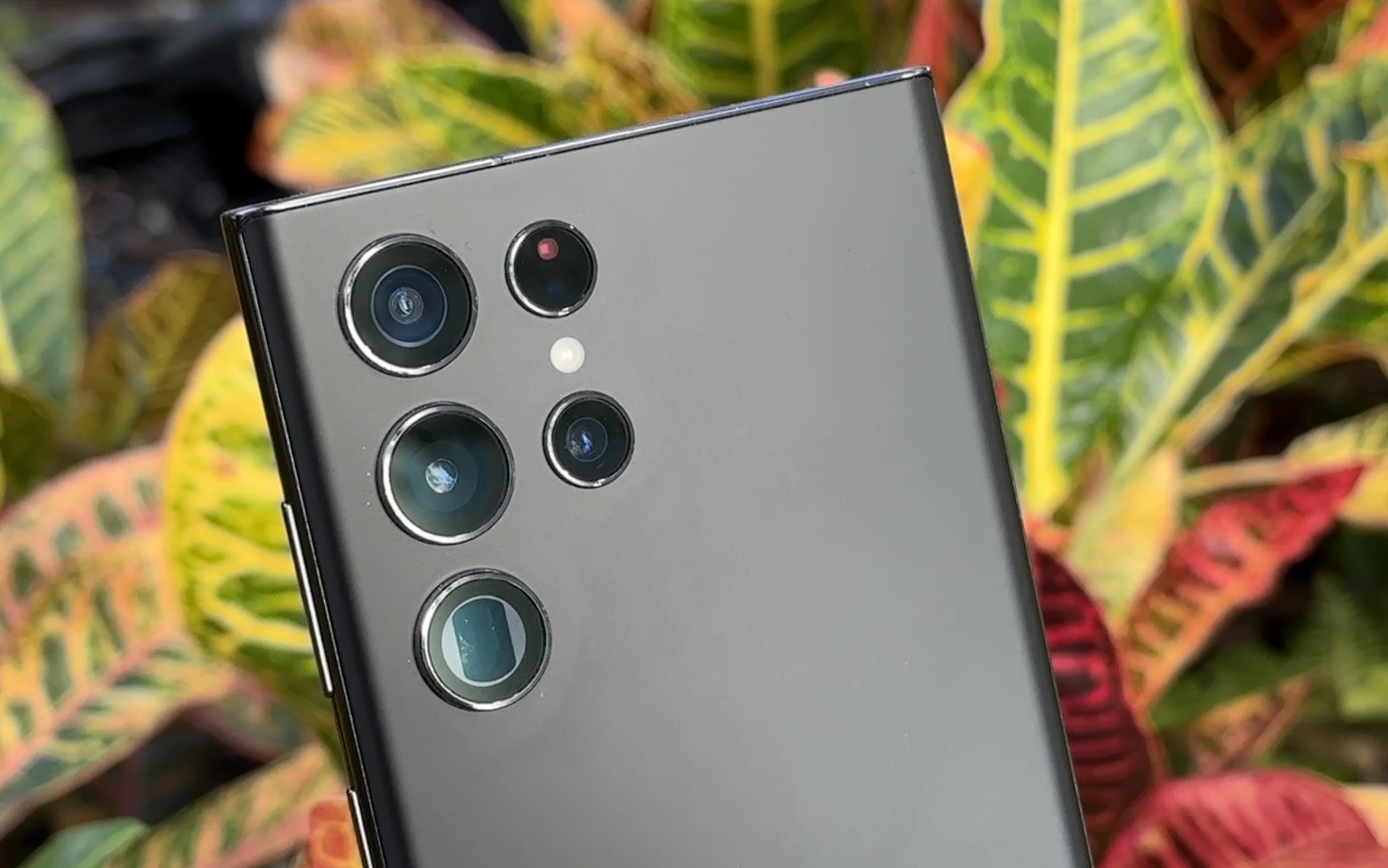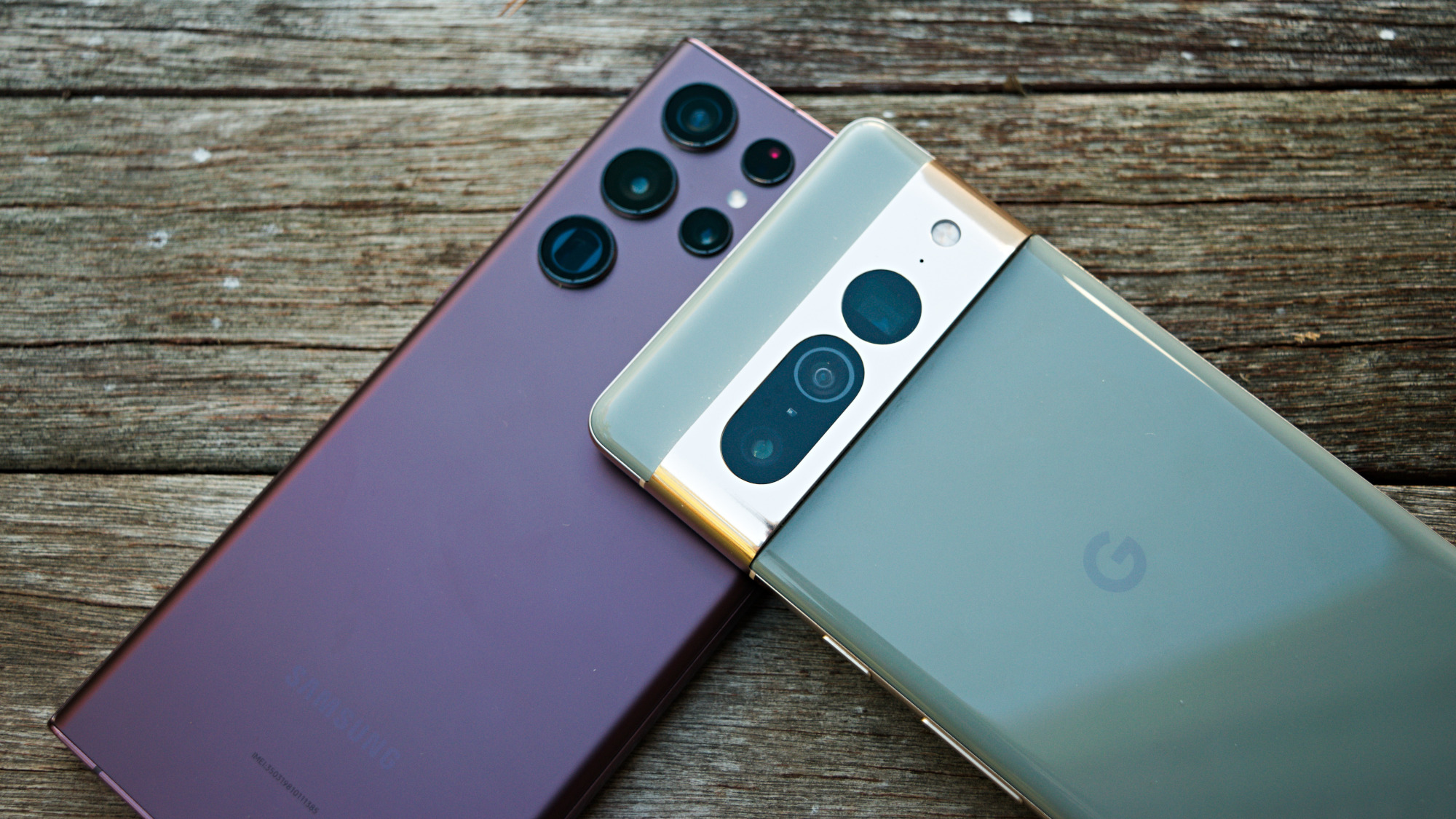Samsung Galaxy S23 Ultra 200MP camera can beat iPhone 14 Pro — here's how

As 2022 comes to a close, the industry starts looking ahead to the phone release cycle starting over. Samsung will lead us off in the U.S., launching the Galaxy S23 series in the first quarter.
While we currently think that we'll see the Korean phone maker's next devices near the early-February time frame, the rumors about these handsets have started to pick up serious steam. The biggest revolve around the Galaxy S23 Ultra, Samsung's forthcoming marquee flagship, and its supposed 200MP main camera.
But as we know, megapixels aren't wholly indicative of a phone camera's quality. Look at Google and Apple, both which used 12MP main sensors for years to incredible effect. Granted, both of them have moved onto to higher resolutions —50MP for the Pixel 7 Pro and 48MP for the iPhone 14 Pro — but Samsung ought not bank on 200MP alone.
So what can the Galaxy S23 Ultra do to beat Apple and Google to claim the title of best camera phone? It comes down to Samsung dialing things back a little.
Saturation

Samsung has long had the tendency to seriously ramp up the color saturation in its photos. This leads to overly colorful, fantastical images that don't truly mirror reality. Where Google and Apple have historically led comes down to their color calibrations and dynamic ranges.
Samsung started to turn down the saturation with the Galaxy S22 series, but when you compare photos from those phones against the Pixel 7 Pro and iPhone 14 Pro, you can spot how unnaturally vibrant everything is.
The rumored 200MP Galaxy S23 Ultra sensor ought to bring a ton of color detail, so let's hope that Samsung adjusts the post-processing algorithms to make for rich, yet realistic and natural, colors.
Get instant access to breaking news, the hottest reviews, great deals and helpful tips.
Exposure

Going hand-in-hand with issues with saturation, Samsung also struggles with aggressive exposure compensation. This leads to overly bright photos that can get blown out in some cases, especially where the sky or clouds are involved. The Galaxy S22's exposure algorithms work well indoors sometimes, but I find they like to backfire outdoors.
Of the three major camera phone companies, I think Google does the best with exposure control and compensation. If the sun is in the image, for example, the Pixel 7 Pro does a better job with calculating for the huge range of brightness levels. This makes for an image that isn't totally ruined.
The iPhone 14 Pro isn't very far behind, but I've noticed that Samsung noticeably struggles in harsh lighting environments, even on the Galaxy S22 Ultra. If the Galaxy S23 Ultra wants to stand a chance, it needs to adjust its exposure control and compensation.
Night mode

Of all three areas listed here, this is where I think Samsung has the best shot at beating Apple and Google. The Galaxy S22 Ultra's night mode is very good, so good that it can outdo the iPhone 14 Pro and Pixel 7 Pro in some scenarios. It's where Samsung's proclivity for strong exposure comes in handy.
Apple's Night mode and Google's Night Sight both impress, but Samsung might come out on top come next year — until the iPhone 15 and Pixel 8 roll around. But I have little doubt that if the Galaxy S23 Ultra has a 200MP main sensor, it'll let in a ton of light.
In fact, rumors have said that the Galaxy S23 Ultra will be the biggest leap forward for Samsung's nighttime photography, at least in the last five years. If true, Google and Apple may have their work cut out for them come the second half of 2023.
Galaxy S23 Ultra outlook
Never fully trust rumors and leaks, but it appears that the Galaxy S23 Ultra might have a 200MP main sensor. It won't be the first phone with that honor by any means, but I can't help but wonder if it might be the most effective implementation we've seen yet.
But Google and Apple are juggernauts when it comes to smartphone photography, and Samsung has always trailed in most respects. But the Galaxy S23 Ultra might change that. I think Samsung can pull it off if it gets serious about its algorithms.
200MP is a massive resolution, owning the potential for a ton of detail and light, but it's the software that will determine the final result. That huge sensor could be revolutionary — or it could be a dud.

Jordan is the Phones Editor for Tom's Guide, covering all things phone-related. He's written about phones for over six years and plans to continue for a long while to come. He loves nothing more than relaxing in his home with a book, game, or his latest personal writing project. Jordan likes finding new things to dive into, from books and games to new mechanical keyboard switches and fun keycap sets. Outside of work, you can find him poring over open-source software and his studies.
